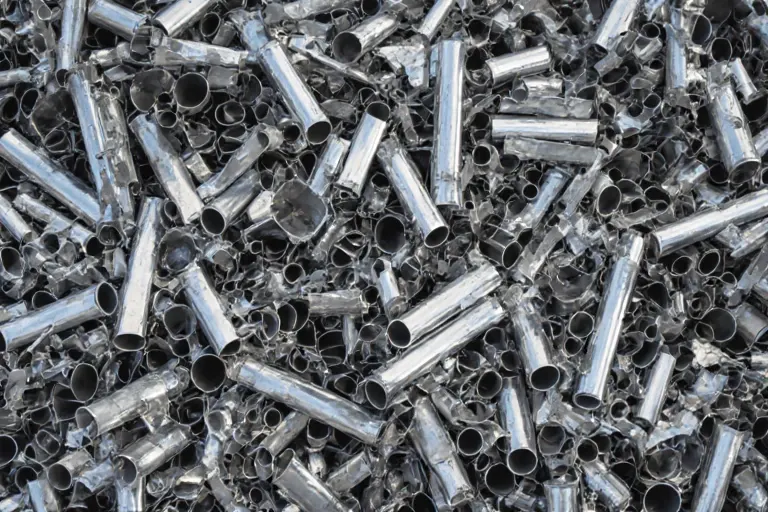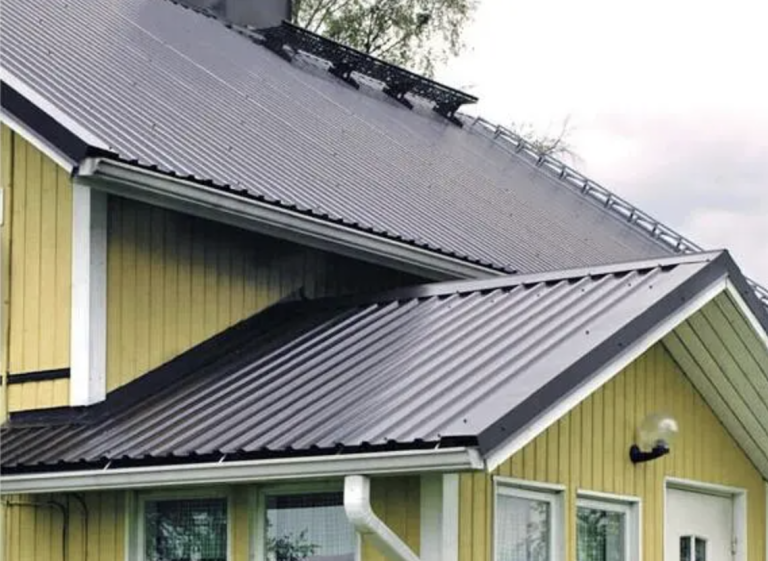What Is Aluminum Extrusion Scrap? Complete Guide to Types, Recycling & Market Value

Aluminum is essential in many industries like construction, automotive, aerospace, and electronics. It is light, strong, and easy to recycle. A key part of aluminum production is aluminum extrusion scrap — leftover pieces from shaping aluminum into products.
Knowing about extruded aluminum scrap helps manufacturers, recyclers, and anyone interested in sustainable materials.
This article explains what aluminum extrusion scrap is, how it forms, and why it’s important. You will learn about recycling, market trends, and new technology in this field.
What Is Aluminum Extrusion Scrap?
Aluminum extrusion scrap is leftover aluminum from making shaped metal parts. Manufacturers heat aluminum billets and push them through dies to form items like window frames, heat sinks, and car parts. The pieces that are cut off, rejected, or not used become extrusion scrap.
This scrap still contains valuable aluminum. It can be recycled repeatedly without losing quality, saving energy and raw materials. Instead of tossing it away, companies collect and process this scrap to create new aluminum products.
Aluminum extrusion scrap is recycled metal saved from waste and reused to reduce costs and protect resources. This simple cycle helps keep aluminum production efficient and eco-friendly.
Understanding the Aluminum Extrusion Process
The aluminum extrusion process heats a solid aluminum billet until it becomes soft. Then, a machine pushes the heated billet through a shaped die. The die gives the aluminum a specific cross-section, creating long, consistent pieces.
Manufacturers use extrusion to make parts for cars, buildings, airplanes, and electronics. This method is efficient and produces strong, lightweight shapes.
During extrusion, some aluminum is wasted. Companies cut, trim, and remove defective parts. These leftover pieces are called extrusion scrap. Scrap is a normal part of the process, like crusts left after slicing bread.
Understanding extrusion shows why scrap forms and why recycling it saves material and money. Next time you see an aluminum frame, remember some of it started as scrap ready to be reused.
Read more: Aluminum extrusions process and benefits complete guide.
Types and Grades of Aluminum Extrusion Scrap
Aluminum extrusion scrap comes in different forms based on shape, alloy, and purity. Common types include:
- Off-cut scrap: extra pieces cut from finished profiles.
- Defective extrusions: pieces rejected due to quality problems.
- End-pieces: short scraps leftover after cutting.
Most scrap comes from 6xxx series aluminum alloys. These alloys are strong and resist corrosion.
Clean scrap without dirt or mixing sells for higher prices. Sorting scrap correctly helps recyclers get the best value and process it properly.
Think of scrap like fruit at a market: fresher and cleaner scraps fetch better prices. Keeping scrap sorted well helps recycling run smoothly and profitably.
Importance of Aluminum Extrusion Scrap in Recycling
Aluminum recycles without losing quality. Recycling extrusion scrap saves up to 95% of the energy needed to produce aluminum from ore. This saves a lot of power and money.
Recycling scrap also lowers carbon emissions and reduces mining for new aluminum. It allows aluminum to be reused in new products instead of becoming waste.
More companies focus on recycling to meet environmental rules and keep supplies steady. Extruded aluminum scrap helps make aluminum production cleaner and more efficient.
Recycling this scrap benefits both the environment and the economy.
How to Recycle Aluminum Extrusion Scrap?
Recycling extruded aluminum scrap follows clear steps:
- Collection: Factories collect scrap from extrusion operations.
- Sorting: Workers and machines separate extrusion scrap from other metals and impurities using tools like X-ray fluorescence and LIBS.
- Cleaning: Non-aluminum materials, such as paint and plastic, are removed.
- Melting: The cleaned scrap melts in furnaces to form liquid aluminum.
- Recasting: The molten aluminum cools and solidifies into billets or ingots for reuse.
Improved sorting and cleaning technology helps recover more scrap and keep its alloy pure. Clean scrap leads to higher-quality recycled aluminum.
Recycling gives old aluminum a fresh start, turning waste into valuable new material.
How to Identify Aluminum Extrusion Scrap?
Aluminum extrusion scrap has a clear shape. It appears as long bars, channels, or tubes with the same cross-section along their length. This shape differs from other scrap types like cast pieces or flat sheets.
The surface of extrusion scrap is usually clean. It often shows consistent alloy markings. These help tell it apart from mixed or dirty scrap.
For recyclers and dealers, correctly identifying extrusion scrap matters. Proper sorting leads to fair prices and better recycling results. Think of it like sorting apples from oranges—knowing the difference makes the job easier and more profitable.
Applications of Recycled Aluminum Extrusion Scrap
Recycled aluminum extrusion scrap becomes new extrusion billets. This reduces the need for new aluminum from mining.
Automotive, aerospace, and construction industries use recycled aluminum to make frames, heat exchangers, panels, and structural parts. These parts are strong and lightweight.
Using recycled aluminum lowers production costs and reduces environmental impact. It keeps materials moving in a loop, helping companies build more sustainably.
Recycled extrusion scrap is a key part of clean, cost-effective manufacturing.
Challenges and Innovations in Aluminum Extrusion Scrap Recycling
Recycling extruded aluminum scrap has challenges. Paints and coatings can contaminate the metal. Mixing different alloys lowers their quality. Sorting scrap by type is difficult because materials often get mixed.
New technology improves sorting. Sensors and AI help separate scrap quickly and accurately. Advanced melting methods protect metal purity during recycling.
The future of recycling relies on better quality checks and smarter logistics. Manufacturers want to reuse more scrap and reduce waste with circular systems.
Think of recycling like sorting laundry. The better you separate clothes, the better they look after washing. The same idea applies to aluminum scrap—clean sorting leads to higher-quality recycled metal.
Final Thoughts
Aluminum extrusion scrap plays a vital role in the aluminum supply chain. It provides economic benefits and helps protect the environment. Recycling this scrap supports more sustainable industries.
As aluminum demand grows and environmental rules get stricter, recycling extrusion scrap becomes more important. Manufacturers and recyclers must work together. They need to collect scrap better, improve recycling methods, and support a cleaner future.
Aluminum extrusion scrap is like a hidden treasure. Used wisely, it drives stronger, greener manufacturing.






